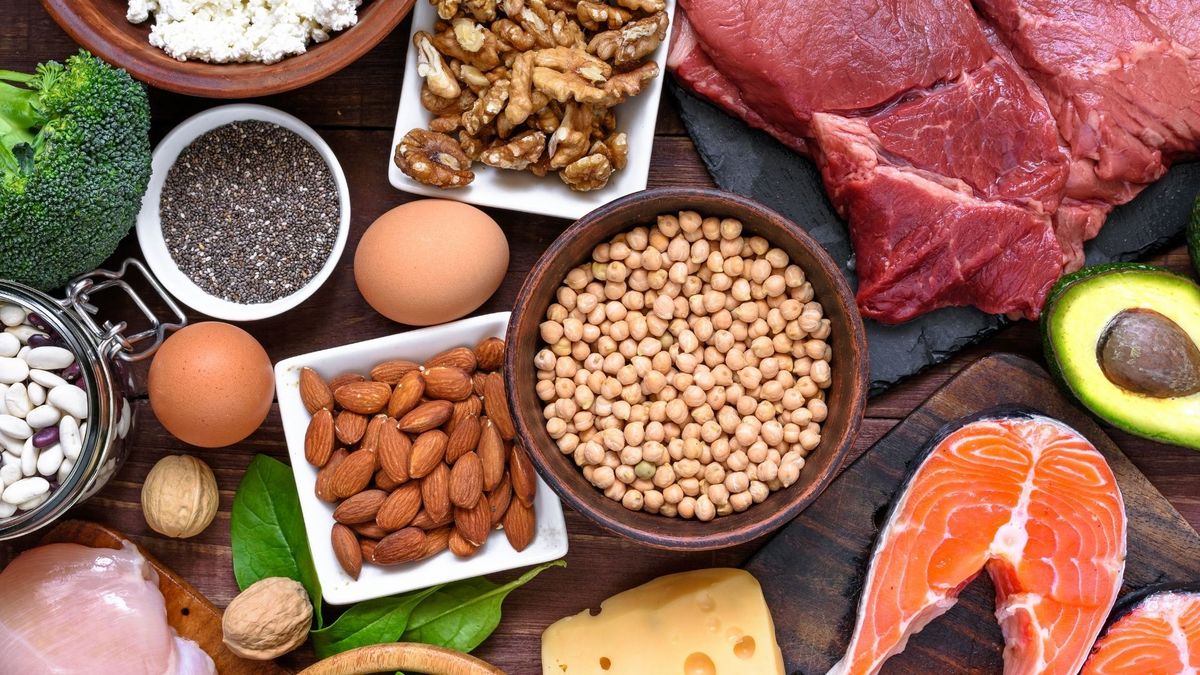All foods irrespective of their source do not retain their attributes over long periods of time and have shelf lives which depend on their constitution and the environmental conditions under which they are stored.
The shelf life of pharmaceuticals is generally based on carefully planned stability studies through assay and microbiological tests, as through appearance alone, a medicinal products deterioration and potency loss cannot be confirmed. However, in contrast, the degradation of food products becomes apparent through physical and sensory changes such as mould formation, colour changes, water separation, emanation of odour, etc. A number of important factors lead to deterioration of foods over a period of time. Prediction of food product shelf life includes conducting stability studies under carefully controlled environmental conditions.
Consumers often question the difference between best before date and expiry date. Stability studies play an important role to arrive at this conclusion. Date of expiry is mentioned on food labels and implies that consumption of such products after the mentioned date can have harmful health consequences. Whereas, best before date becomes applicable when the product due to its deterioration can lose its texture, colour, taste or odour resulting in lesser consumer acceptance with no serious health implications.
Physical, chemical and microbiological studies of food samples stored under various accelerated or abused conditions help in deciding the best before and expiry dates at the manufacturing stage before products are released in the market.
Food products are basically classified into three types-
1. HIGHLIY PERISHABLE FOODS
Nature: Very Short Shelf life
Undergo microbiological and/or enzymatic deterioration
Measurements for study: Daily
2. SEMI PERISHABLE FOODS
Nature: Short to medium shelf life
Undergone minimal treatment/naturally contain inhibitors
Measurements for study: Weekly
3. HIGHLY STABLE FOODS
Nature: Medium to long shelf life
Undergone thermal/freezing process, stored in specific conditions
Measurements for Study: Weekly/Monthly
Consumers awareness is not something stakeholders can take for granted anymore. Consumers demand quality food and have corresponding expectations that the same will be maintained at all levels between purchase and consumption.
Shelf life is the time during which the food product will;
- Remain safe
- Retain desired sensory, chemical, physical, and microbiological characteristics
- Comply with label declaration of nutritional data
- Be acceptable to the consumer
Shelf life studies should be carried out only when foods are sufficiently processed, packed, and stored, ready for purchase and consumption.
Methodologies to determine foods’ shelf life
The methods commonly used to estimate the shelf life of foods are:
- Direct method: These are real-time studies that consist of storing the product under conditions similar to those that it will be subjected to in market and monitor its evolution at regular time intervals. This method creates a very accurate estimation of the time it takes for a product to deteriorate. However, these studies are time consuming and do not consider the fact that storage conditions of a product aren’t always ideal.
- Challenge Test: This method consists of experimentally introducing pathogens or microorganisms into the food during the production process, thus exposing the product to real conditions it will undergo in real conditions.
- Predictive microbiology: This methodology, used at new product development stage, studies the different microbial responses of foods to varying environmental conditions, based on mathematical and statistical models, in order to predict the behavior of the microorganisms in the product.
- Accelerated shelf life tests: In accelerated stability tests, a product is stored at elevated stress conditions (such as temperature, humidity, and pH). Degradation at the recommended storage conditions can be predicted using known relationships between the acceleration factor and the degradation rate. Temperature being the most common acceleration factor because its relationship with the degradation rate is characterized by the Arrhenius equation.
- The rule of ten: Q10, which is the factor by which the rate of spoilage increases when the temperature is raised by 10C. This factor predicts a product's shelf life under real-life conditions based on the results of testing conducted at high temperatures.
- Arrhenius Model: The Arrhenius equation is a formula for the temperature dependence of reaction rate which determine rate of chemical reactions and calculates energy of activation. The degradation rate depends on the activation energy for the chemical reaction and is product specific. In many cases, the observed responses of different orders of reactions are indistinguishable for products that degrade slowly.
- Survival method: This study is based on the opinion of the consumer about the physical characteristics of the product. This study helps in knowing the attitude of people towards the same product with different dates of manufacture, to determine if they would consume it or not. This establishes a relationship between the shelf life and the perceived quality of the product. Although it is not a method to accurately estimate the shelf life, it is important to do it in a complementary way to establish the best by date of a product.
Important factors that affect shelf life studies-
Shelf life studies are very versatile and as each product has a specific mode of spoilage (i.e. rancidity, moisture loss/gain, organoleptic changes), every study needs to be tailored for specific product.
- The critical parameter is directly related to quality and consumer acceptance. The evaluator should ensure the method of measurement is standardized and relevant to their product.
- Homogeneity of the sample while analysis is crucial. For example, a product such as yoghurt with vegetable pieces should be homogenized to ensure that the sample represents the whole product.
- The sample should not be analyzed for sensory tests prior to microbiological testing results.
- For frozen product, it is noticed that biochemical changes in food can occur during frozen storage. Therefore, the relationship of several parameters can be related and should be considered.
Practical Case Study-
Client request:
Accelerated shelf life for new ready-to-use food preparation.
Designing a test protocol:
Parameters such as pH, Moisture and Rancidity can be taken into account as fast, reliable and useful indicators, together with microbiological Total plate count and yeast and mold, Pathogens and sensory evaluations, to disclose variations of the specific properties. Minimum 05 frequencies need to be selected considering Q10 factor on basis of actual shelf life of product. The product can then be evaluated using trend line at specific frequencies to monitor any potential physiochemical change in quality of food.
Interpretation of results:
End of shelf life can be concluded by references from
(1) Relevant food legislation and guidelines given by enforcement authorities
(2) Technical guides
(3) Industrial Best practices
(4) Self-imposed end-point assessment
(5) Market information.
Next time you pick up a packet of food, make it a practice to check for the best before or expiry date. Awareness begins with the consumer first and this helps in healthy knowledge of food safety.
At TUV India, by using state-of-the-art stability chambers and in-house qualified experts, we help our customer with designing shelf life testing protocols for both primary and secondary food products, using an integrated research oriented approach, ensuring all aspects of the product are covered to conduct the project. TUV India, not only conducts testing, but takes the extra mile to interpret and further suggest and guide our customers with how to proceed with their testing results for product quality improvement.
About Author

TUV India Private Limited
TUV NORD GROUP
foodlabindia@tuv-nord.com
